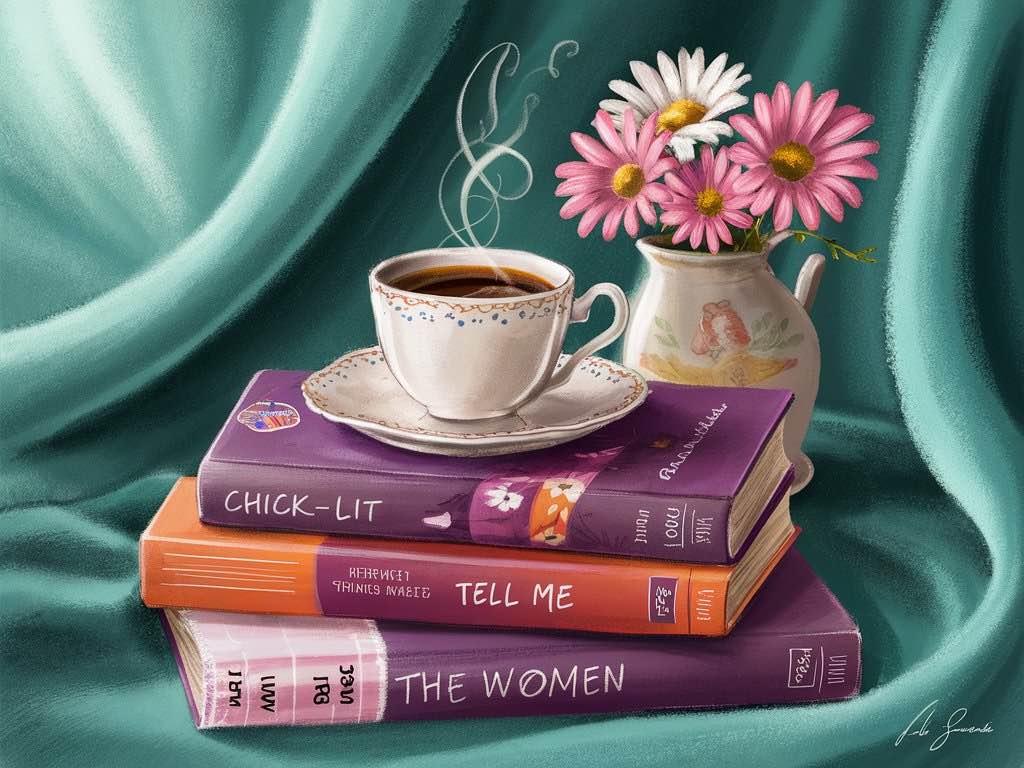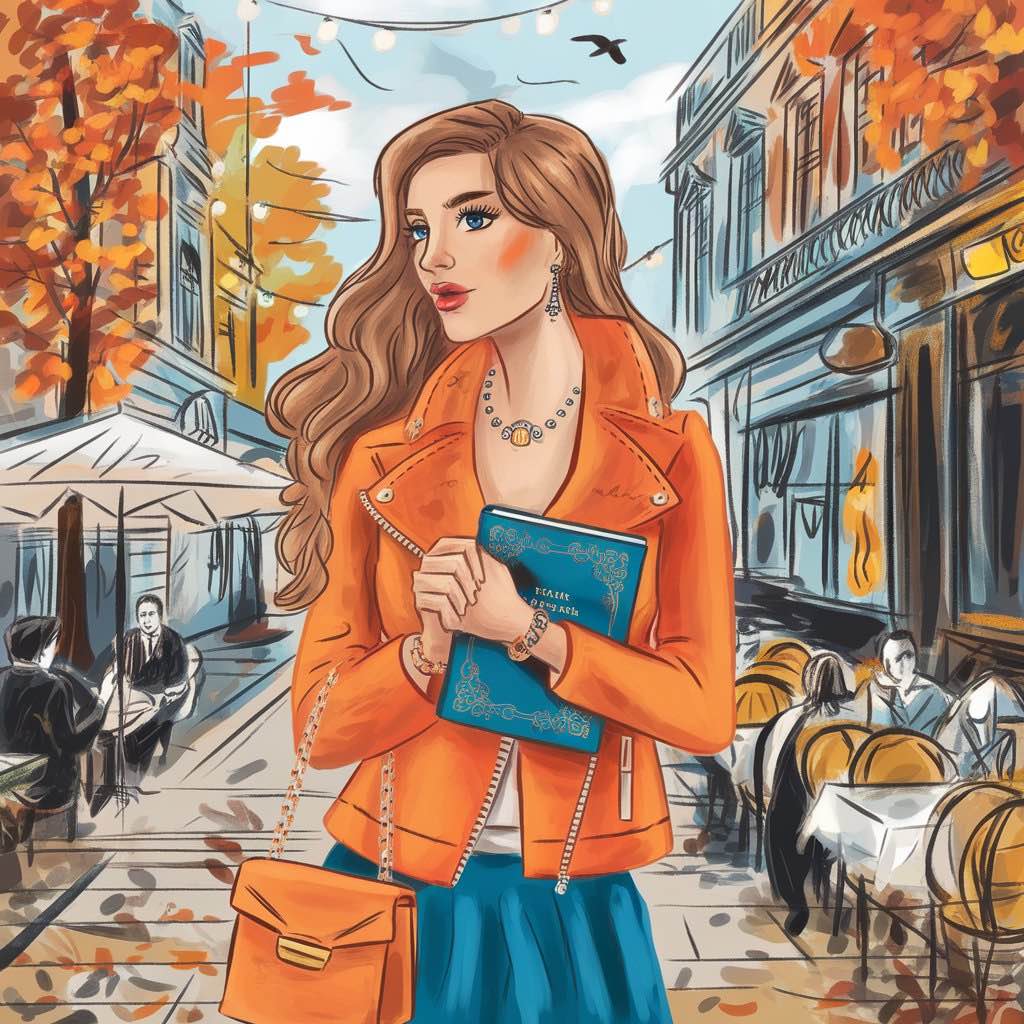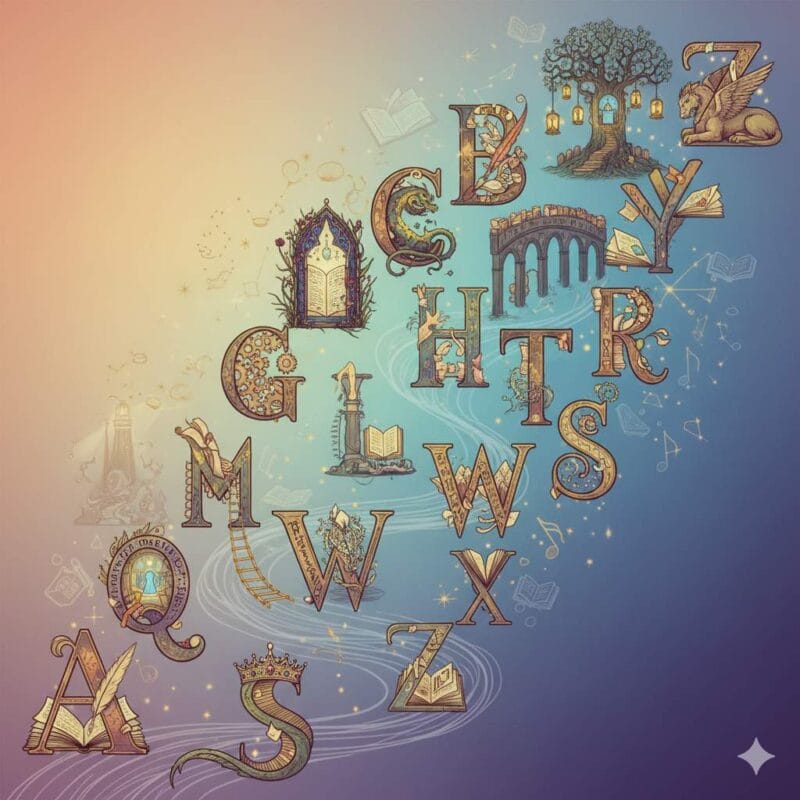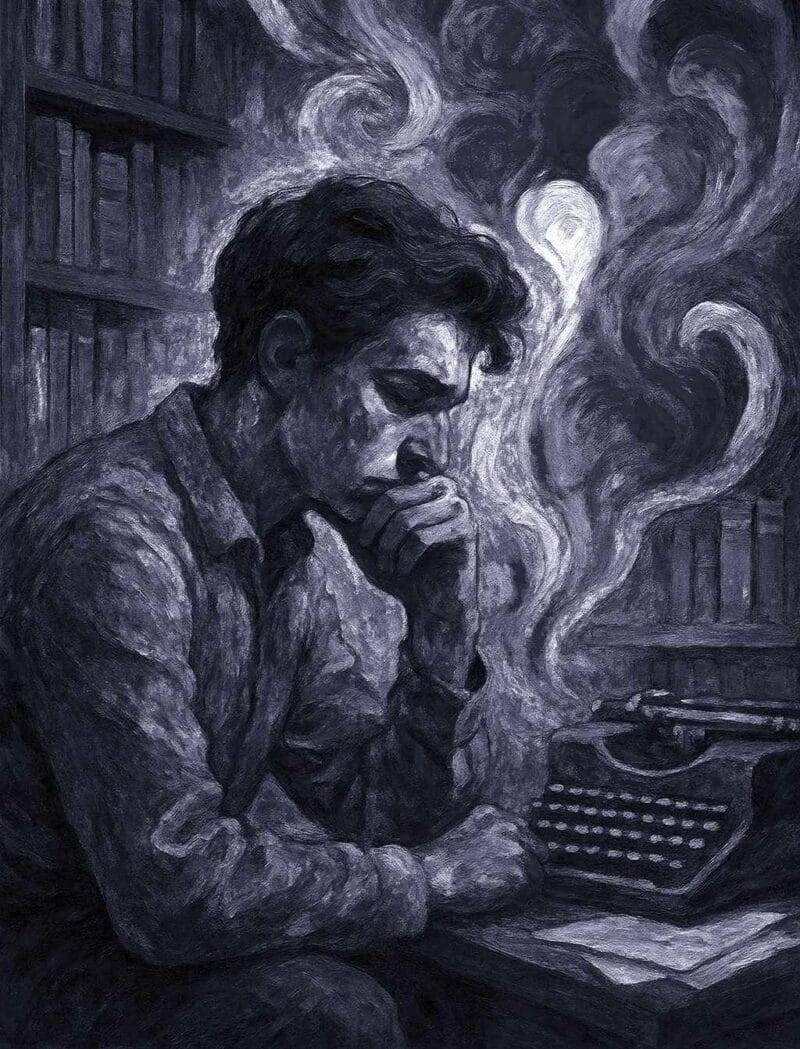Chick Lit, a term that has sparked both intrigue and controversy, refers to a genre of fiction that primarily targets young women, often focusing on their personal and professional lives. Known for its witty humor and emphasis on romantic relationships and friendships, Chick Lit resonates with readers through its portrayal of flawed yet endearing characters navigating life, love, and everything in between.
The phrase “Chick Lit” originated in the 1990s, deriving from the slang term “chick” for a young woman and “lit,” a short form of literature. Initially used somewhat dismissively, it has come to represent a significant and influential category in modern literature, giving rise to numerous bestsellers and shaping contemporary narratives about women’s experiences.
Evolution and Characteristics of Chick Lit

Chick Lit has undergone a transformation since its origins, adapting to societal changes and influencing popular notions of femininity and career. The genre is distinguished by its humorous and lighthearted narrative style, often exploring themes such as romantic relationships, friendships, and careers through the eyes of a female protagonist. Notable works like Helen Fielding’s Bridget Jones’s Diary (1996) and Lauren Weisberger’s The Devil Wears Prada (2003) exemplify this approach.
When Chick Lit emerged in the 1990s, it drew inspiration from classic literature. Works such as Jane Austen’s Pride and Prejudice (1813) and Margaret Mitchell’s Gone with the Wind (1936) depicted early representations of independent women making choices about love and life. Influential narratives like Terry McMillan’s Waiting to Exhale (1992) and Sophie Kinsella’s Confessions of a Shopaholic (2000) also shaped the genre, blending romantic elements with the complexities of women’s lives.
Chick Lit’s Cultural Impact on Modern Literature

One of the most significant cultural impacts of Chick Lit has been its role in normalizing and celebrating the lives of single, career-oriented women. By focusing on themes such as romantic relationships, friendships, and personal growth, Chick Lit provided a refreshing contrast to traditional literature that often centered on women’s roles within marriage and family. This shift allowed for a more diverse representation of women’s experiences, acknowledging their ambitions, struggles, and triumphs in a rapidly changing society.
Chick Lit also played a crucial role in democratizing literature. Its accessible, conversational tone appealed to a wider audience, including those who might not typically engage with more traditional literary forms. This inclusivity broadened the readership and brought attention to the voices and stories of women who had previously been underrepresented in literature.
Moreover, Chick Lit has had a lasting influence on popular culture. Iconic works like Bridget Jones’s Diary, The Devil Wears Prada, and Confessions of a Shopaholic not only became bestsellers but also inspired successful film adaptations. These adaptations further amplified the genre’s reach, embedding its themes and characters into the cultural zeitgeist.
Criticism and Decline: The Controversial Legacy of Chick Lit
Over the years, Chick Lit has faced considerable criticism, with some detractors labeling it as sexist and dismissing it as superficial or frivolous. Critics argue that the term “Chick Lit” itself is inherently demeaning, reducing women’s literature to a diminutive and trivializing category. They contend that the genre often reinforces stereotypes by focusing heavily on themes such as romantic relationships, shopping, and personal appearance, which can perpetuate narrow and outdated notions of femininity.
Despite its initial popularity, Chick Lit began to wane in the late 2000s and early 2010s. Several factors contributed to its decline, including the publishing industry’s shift to other genres like dystopian fiction and young adult literature, and the rise of digital media and changing reading habits. The backlash against Chick Lit also played a role, as there was a growing demand for stories that moved beyond the genre’s typical themes.
However, while Chick Lit may have gone out of fashion in its traditional form, its influence can still be seen in contemporary women’s fiction. Many of the themes and narrative styles pioneered by Chick Lit have evolved and been incorporated into more nuanced and diverse stories. The genre’s legacy endures in the way it opened up space for women’s voices and experiences in literature, challenging the literary establishment to take women’s stories seriously.
While Chick Lit faced criticism for being sexist and eventually went out of favor, its impact on literature and popular culture is undeniable. The genre initiated significant discussions on gender and representation, and its influence persists in shaping the changing terrain of women’s fiction.
Further Reading
What Was Chick Lit? A Brief History From the Inside by Lucinda Rosenfeld, Literary Hub
In Defense of the Chick-Lit by Charlotte Brandman, Your Magazine
We know the difference between foie gras and Hula Hoops, Beryl, but sometimes we just want Hula Hoops by Jenny Colgan, The Guardian
The death of chick lit by Laura Miller, Salon




